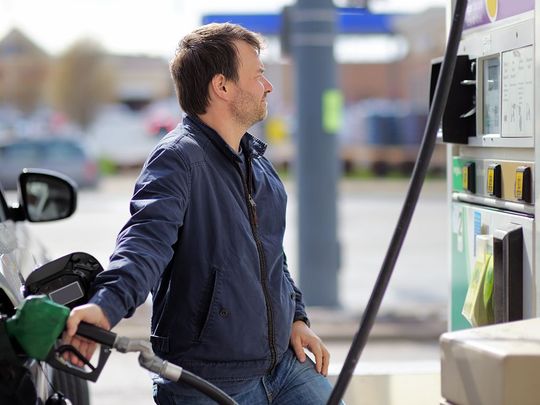
Prices at the gas pump are rising as maintenance work at refineries is squeezing supply.
Drivers in the West Coast, Rockies, Great Lakes and Central regions are feeling the pinch the most, while motorists east of the Mississippi River are seeing more moderate increases.
The national gas price average increased five cents to $2.74 a gallon this week and is eight cents more than the same time last year, according to data from AAA. The rate is 28 cents higher versus a month ago.
Refinery maintenance – both planned and unexpected – is largely to blame. Overall refinery utilization is 86%, compared with 93% a year ago.
California, Arizona and Alaska experienced the highest week-over-week increases, at 18 cents, 15 cents and 14 cents, respectively. The cheapest gas states are largely concentrated in the deep South: Mississippi at $2.44 a gallon, Alabama and Arkansas at $2.44 a gallon and Louisiana at $2.45 a gallon.
Gas prices outlook
West coast: Gasoline stocks in the region fell from the previous week and are lower versus the same time last year. Inventory could fall even further, putting pressure on prices, depending on refinery maintenance turnaround.
Rockies: The region enjoyed cheaper gas this winter, but starting in February, stock supplies fell. If inventories don’t recover, prices could hit $3 a gallon, AAA predicts.
Mid-Atlantic and northeast: The region is benefiting from a year-over-year surplus that could grow as refinery utilization continues to steadily rise.
Great Lakes and central states: Inventory has decreased consistently since mid-February in the region and reached a new low for the year. Refinery utilization is also down, further eroding stocks and boosting prices.
South and southeast: All states in the region, except New Mexico, saw prices rise this week even as gas stocks increased over the previous week. If spring and summer driving increases, so will prices.
